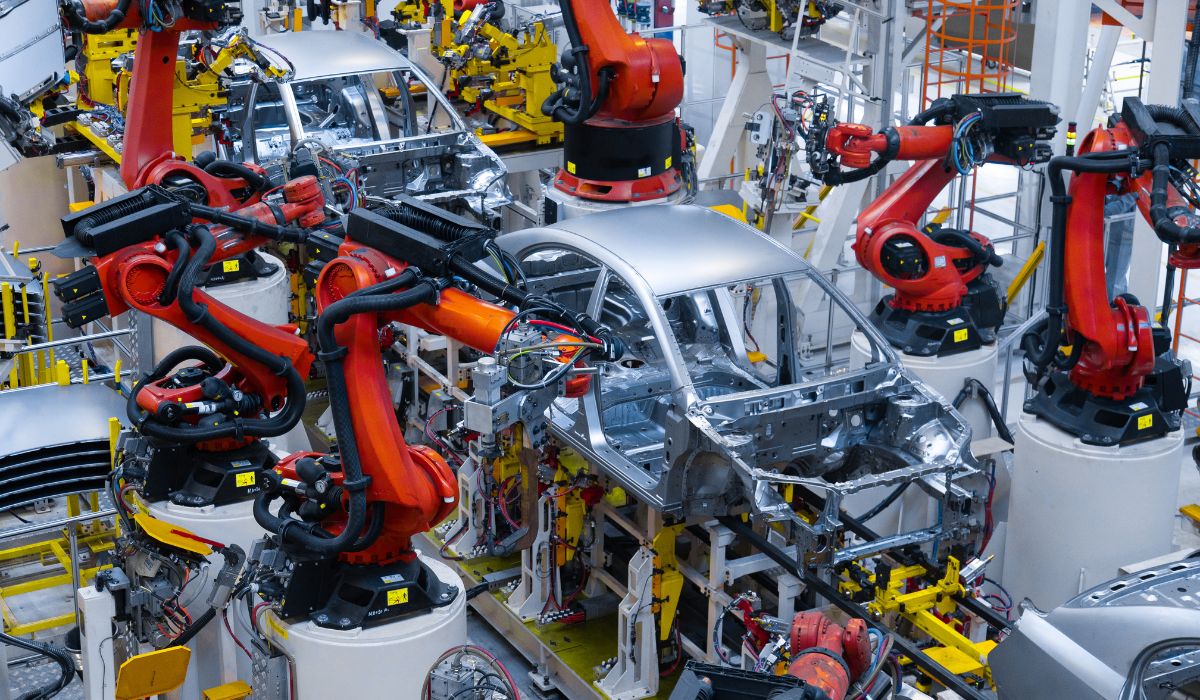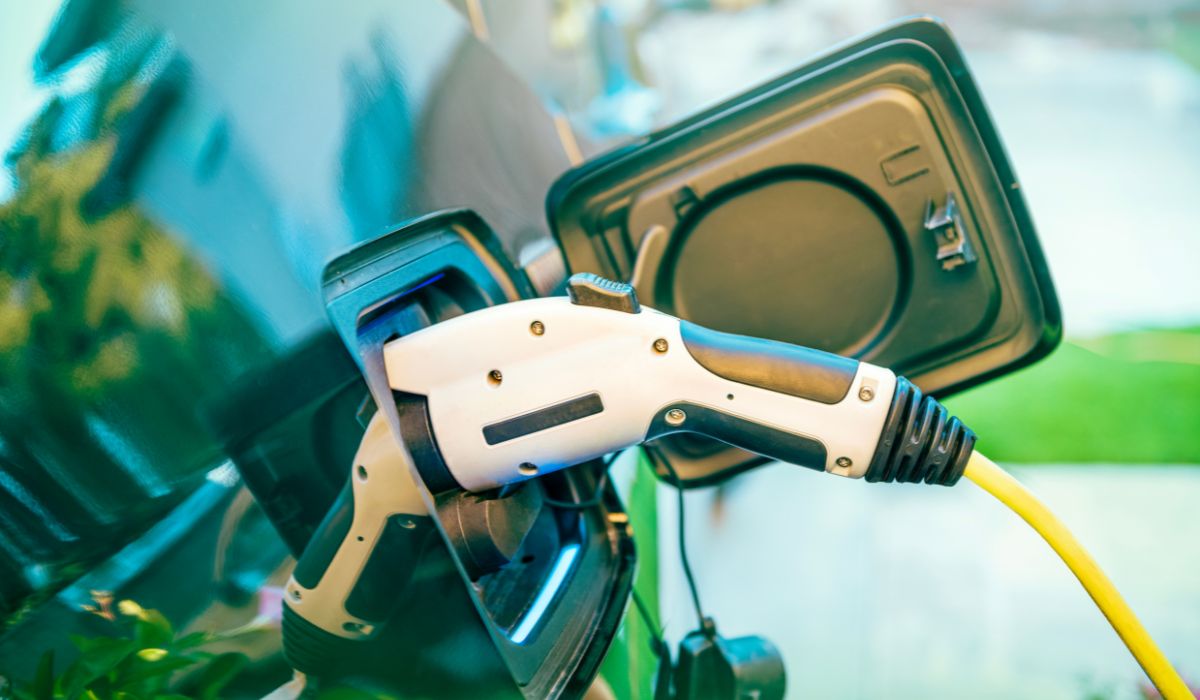
The automotive industry continually undergoes significant technological advances. In this article, we will examine vehicle sales trends, sustainability, manufacturing, the components landscape and the technological advances to watch as the automotive future unfolds.
New and Used Vehicle Sales Trends and EV Trends
Based on new vehicle registration figures over time, we can expect a continuation of the move away from petrol and diesel power and increased market share for electric vehicles, driven by regulation, the need for the decarbonisation of road transport, and to deliver to net zero targets. Battery electric vehicles (BEVs) are set to sustain their growth in market share.
Used car sales are expected to follow a similar pattern as more EVs enter the second-hand market. You can examine how these trends are currently progressing by accessing our vehicle data pages.
Globally, Gartner predicts that there will be 85 million electrified vehicles on the world’s roads by the end of 2025 and 73 percent of them will be Battery Electric Vehicles.
Overall, the research company expects 33 percent growth in the market share of EVs. This figure includes countries that are not committed to decarbonisation, so it is believed that growth in the UK and EU will exceed this figure.
Sustainability Trends in the Automotive Industry
The automotive industry will continue to advance sustainability. Carbon neutral manufacturing plants are, manufacturers believe, an achievable goal, and several brands have committed to reaching it.
Vehicle Manufacturing Trends
With a quest for greater supply chain resilience as its primary driver, vertical integration strategies will continue to gain traction. Manufacturers are increasingly reluctant to face the risks that go with reliance on companies they do not control in the provision of vital components. When EV sales and market share were still relatively low, relying on external suppliers presented minimal overall risk. However, this is no longer the case, and “insourcing” is increasingly prevalent.
Automotive Parts Industry Trends
With a quest for greater supply chain resilience as its primary driver, vertical integration strategies will continue to gain traction. Manufacturers are increasingly reluctant to face the risks that go with reliance on companies they do not control in the provision of vital components. When EV sales and market share were still relatively low, relying on external suppliers presented minimal overall risk. However, this is no longer the case, and “insourcing” is increasingly prevalent.
Technology Trends in the Automotive Industry
Self Driving
The UK government has begun preparing for a transition with the Automated Vehicles Act being passed in 2024. This may pave the way for commercial rollout of automated driving as early as 2026. The UK has firm foundations, thanks to government and industry jointly investing more than £600 million in self-driving vehicle trials since 2015.
Safety Advances
The UK has some of the world’s safest roads thanks to continued investment and innovation. With research showing that connected and automated vehicles will transform the lives of six out of every 10 people in the UK.
All new cars must as a minimum include:
- Electronic stability control
- Advanced emergency braking systems
- Lane departure warning systems
- Pedestrian protection improvements
Manufacturers also provide a variety of other technologies above and beyond the regulation to maximise safety, which is supported by consumer information programmes such as EuroNCAP. Technologies can include:
- Intelligent speed assistance
- Blind spot information systems
- Reversing safety systems
- Emergency lane keeping systems
- Brake assist systems
- Driver drowsiness warning systems
- Advanced driver distraction warning
- Event data recorders
Lots of work has also gone into developments in structural integrity and impact testing, plus improvements to occupant safety such as seating systems to mitigate whiplash, child restraints, Isofix for child seats etc.
Digital Connection
Cars will become more connected than ever before, exchanging information with other cars, traffic control authorities and even insurance providers. This will also impact the way cars are maintained.
Sharing
Ride hailing, currently dominated by companies such as Uber and FreeNow, may become holistic, with unified platforms allowing people to search for buses, taxis, and shared cars. Basing its model on a “robotaxi” scenario gaining traction, PwC predicts that individual car ownership figures may fall, but that sales will continue to grow as vehicles used for shared rides will cover greater mileage and will need replacement far sooner.
Keep up with the pace of change
The automotive industry is one defined by rapid technological development and continuous innovation. SMMT provides companies in the automotive with a vital voice, backed by powerful data and key opportunities to promote their expertise around the world – join us to remain at the forefront of Britain’s dynamic vehicle industry.
SMMT is the primary source of UK automotive industry intelligence and insight, and our unrivalled vehicle data is uniquely placed to help companies stay one step ahead of the competition in their business planning and forecasting. For detailed vehicle data, new car sales statistics, and UK car registration figures by manufacturer, please visit the SMMT Data Shop.
apply to join
SMMT’s comprehensive membership base covers every aspect of the automotive industry, from vehicles to components, trailers to aftermarket; and from large global corporations to small and medium enterprises. The scope of interest of our members also varies dramatically, ranging from direct, partial or indirect involvement in the manufacturing of vehicles and components, to design engineering and distribution, and a variety of other services aligned to the industry.
Get in touch to find out how to join SMMT.
If you are already a part of an organisation that has an SMMT membership, click here to register your account.
Find out how your company can become a member of SMMT.
"*" indicates required fields


